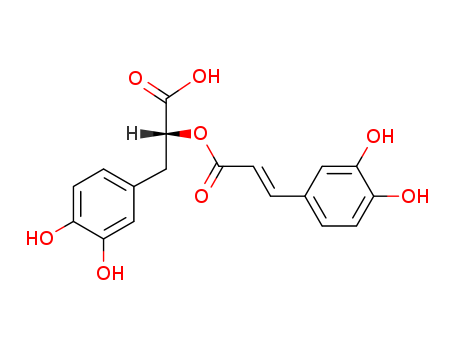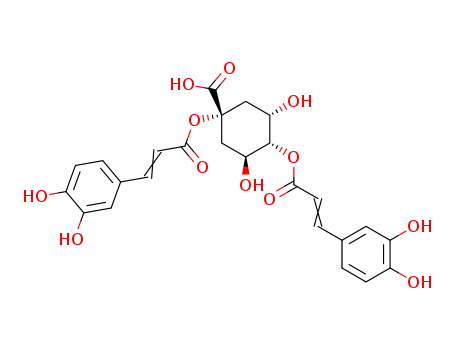Superiority
Cayenne pepper Extract
1.CAS19408-84-5
2.Spec10%~40%
3.Appearancewhite powder
4.ApplicationMedicine,Food,Beverage
SHKS156 Capsa…
Details
Cayenne pepper Extract1.CAS19408-84-52.Spec10%~40%3.Appearancewhite powder4.ApplicationMedicine,Food,Beverage
SHKS156 Capsaicinoids /Capsaicin / Dihydrocapsaicin /Cayenne Extract Plant NamePepper ExtractBotanical nameCapsicum annuum LinnActive IngredientCapsaicinCAS No. 404-86-4EINECS206-969-8Specification98%Test HPLCAppearanceWhite PowderFormula C18H27NO3Mol. mass 305.42 g/molMelting point62-65°CMain Functionanti-inflammatoryApplicationMedicineDangerous mark T/ UN2811 More Detail Description 1. Capsaicin is the active component of chili peppers, which are plants belonging to the genus Capsicum. 2. It is an irritant for mammals, including humans, and produces a sensation of burning in any tissue with which it comes into contact.3. Capsaicin and several related compounds are called capsaicinoids and are produced as a secondary metabolite by chili peppers, probably as deterrents against certain herbivores and fungi.4. Pure capsaicin is a hydrophobic, colorless, odorless, crystalline to waxy compound.5. Capsaicin is the main capsaicinoid in chili peppers, followed by dihydrocapsaicin.6. These two compounds are also about twice as potent to the taste and nerves as the minor capsaicinoids nordihydrocapsaicin, homodihydrocapsaicin, and homocapsaicin.7. Dilute solutions of pure capsaicinoids produced different types of pungency; however, these differences were not noted using more concentrated solutions.8. Capsaicin is present in large quantities in the placental tissue (which holds the seeds), the internal membranes and, to a lesser extent, the other fleshy parts of the fruits of plants in the genus Capsicum.9. The seeds themselves do not produce any capsaicin, although the highest concentration of capsaicin can be found in the white pith of the inner wall, where the seeds are attached. Application in Food 1. Because of the burning sensation caused by capsaicin when it comes in contact with mucous membranes,it is commonly used in food products to give them added spice or "heat" (piquancy). 2. In high concentrations, capsaicin will also cause a burning effect on other sensitive areas of skin. 3.The degree of heat found within a food is often measured on the Scoville scale. In some cases people enjoy the heat; there has long been a demand for capsaicin spiced food and beverages. 4. There are many cuisines and food products featuring capsaicin such as hot sauce, salsa, and beverages. For information on treatment see the section Treatment after exposure. Application in Beverage 1. Recently beverage products are emerging with capsaicin as an active ingredient. 2. The first two capsaicin beverages to hit the market are Prometheus Springs Elixirs launched in 2007 and Sweet16 launched in 2011. 3. It is common for people to experience pleasurable and even euphoriant effects from ingesting capsaicin. 4. Folklore among self-described "chiliheads" attributes this to pain-stimulated release of endorphins, a different mechanism from the local receptor overload that makes capsaicin effective as a topical analgesic. 5. In support of this theory, there is some evidence that the effect can be blocked by naloxone and other compounds that compete for receptor sites with endorphins and opiates. Used in Medical 1. Capsaicin creams are used to treat psoriasis as an effective way to reduce itching and inflammation. 2. Capsaicin is currently used in topical ointments, as well as a high-dose dermal patch (trade name Qutenza), to relieve the pain of peripheral neuropathy such as post-herpetic neuralgia caused by shingles.







